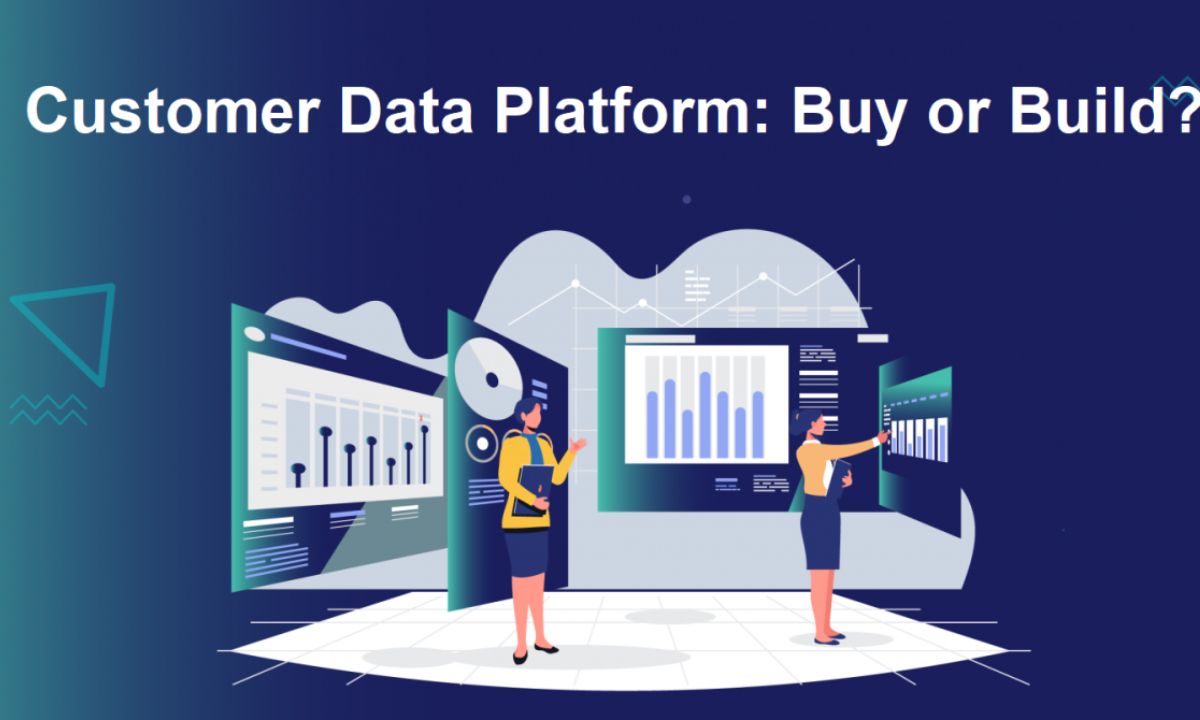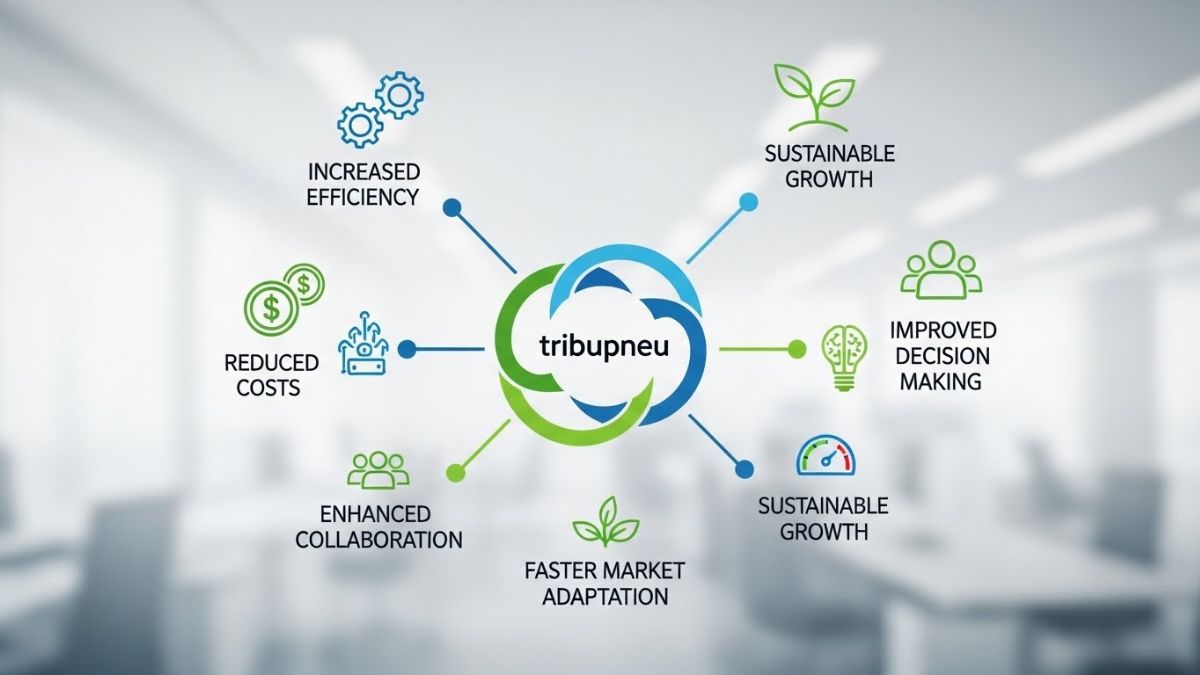Companies must decide whether to develop compliance analytics technology in-house or purchase off-the-shelf solutions, considering various aspects such as the scope, cost, and future updates. Data analytics plays a crucial role in providing insights into potential risks, monitoring compliance activities, and ensuring that all regulatory requirements are met. This “Buy Vs. Build” conundrum is a significant strategic decision, impacting resources, time, and ultimately, compliance effectiveness.
Understanding Compliance Data Analytics
Compliance Data Analytics involves the use of data-driven techniques to ensure that organizations adhere to regulatory requirements. In the life sciences sector, this includes monitoring various aspects of commercial activities such as HCP engagement, expense auditing, spend data reporting, and ethical marketing practices. Effective analytics can help identify potential compliance issues before they escalate, ensuring that companies remain compliant and avoid costly penalties.
Costs and Benefits of Building a Compliance Analytics Solution
Costs/Cons
- High Costs: The initial and ongoing costs of building a solution can be substantial.
- Resource Intensive: Developing and maintaining the software requires significant internal resources and expertise. Even after building the software, life sciences companies will have to keep up with regulatory changes and technological advancements.
- Time-Consuming: The development process can be lengthy, delaying the realization of benefits.
Benefits/Pros
- Customization: Building a solution allows for complete customization to meet the specific needs of the company.
- Control: Companies have full control over the development process, updates, and integrations.
- Integration: A custom-built solution can be seamlessly integrated with existing systems and workflows.
Costs and Benefits of Buying a Compliance Analytics Solution
Costs/Cons
- Limited Customization: Off-the-shelf solutions may not fully meet the specific needs of the company.
- Dependency on Vendor: Companies rely on the vendor for updates and support, which can be a risk if the vendor’s priorities change.
- Integration Challenges: Integrating an off-the-shelf solution with existing systems can sometimes be challenging.
Benefits/Pros
- Quick Deployment: Off-the-shelf solutions can be implemented quickly, providing immediate benefits.
- Cost Predictability: Subscription fees and upfront costs are known and predictable.
- Vendor Support: Vendors provide ongoing support, updates, and enhancements, reducing the burden on internal teams.
Key Considerations for the Buy vs. Build Decision
1. Project Scope and Customization Needs
The first step in deciding whether to buy or build is to define the scope of the compliance analytics project. For life sciences companies, this often includes monitoring spend, third-party risks, and regulatory compliance across various jurisdictions.
If the compliance needs are highly specific to the company’s operations and systems, building a custom compliance solution might be more appropriate. However, if the requirements are more common, an off-the-shelf solution could suffice.
2. Resource Allocation and Expertise
Building a compliance analytics solution requires a significant investment in personnel, including data engineers, data scientists, and forensic accountants. These roles are essential for developing, maintaining, and updating the software.
On the other hand, buying an off-the-shelf solution allows companies to leverage the expertise of vendors who specialize in compliance analytics. These vendors often provide ongoing support and updates, reducing the burden on internal teams.
3. Cost Considerations
Building a custom solution involves high initial costs for development and integration, as well as ongoing expenses for maintenance and updates. In contrast, buying a solution typically involves a known upfront cost and subscription fees, which can be more predictable and manageable.
It’s important to consider the long-term financial implications of both options. While building might offer more control and customization, it can also lead to cost overruns and delays. Buying a solution provides immediate access to a tested product but may come with limitations in customization.
4. Time to Value
Time is a critical factor in compliance. Building a custom solution can take months or even years, delaying the benefits of enhanced compliance analytics. Off-the-shelf solutions, however, can be deployed quickly, providing immediate value.
The life sciences industry is subject to frequent regulatory changes. An off-the-shelf solution is often better equipped to adapt to these changes quickly, as vendors continuously update their products to meet new requirements.
qordata’s ERA: Enterprise Risk Analytics
Enterprise risk analytics (ERA) marks a transformative shift in the realm of analytics, providing a holistic view of global risks and activities to boost the effectiveness and efficiency of compliance programs. By integrating enterprise data with AI and Predictive Analytics, ERA addresses and alleviates commercial compliance challenges.
With ERA, compliance teams can:
- Conduct executive-level analysis with detailed drill-down capabilities.
- Monitor enterprise-wide risk areas, such as “Improper payments to HCP” and “Off-label promotions,” across all commercial activities.
- Perform in-depth analysis of each commercial activity, including Speaker Programs, in-office meals, Advisory Boards, and more.
- Seamlessly integrate data from various sources like Reporting Systems, Hotlines, Auditing and Monitoring systems, and HCP Engagements for comprehensive enterprise-wide analysis.
- Utilize AI to configure risk calculations, supporting strategic decision-making.
- Employ Predictive Analytics to forecast trends and identify potential risks.
Conclusion
The decision to buy or build a compliance data analytics solution is a complex one, with significant implications for an organization’s compliance strategy. Both options have their own set of advantages and challenges, and the right choice depends on the specific needs, capabilities, and strategic goals of the organization.
In the life sciences industry, where compliance is paramount, a well-considered decision can make the difference between effective compliance management and costly regulatory breaches. By carefully assessing their unique requirements, conducting a thorough cost-benefit analysis, and considering factors such as regulatory adaptability, integration, and vendor support, organizations can make an informed decision that best supports their compliance objectives.
Whether buying or building, the goal remains the same: leveraging data analytics to ensure robust, proactive, and effective compliance in an increasingly complex regulatory landscape.
ALSO READ: Global HR Recruitment: Strategies for Finding the Best Talent Worldwide











